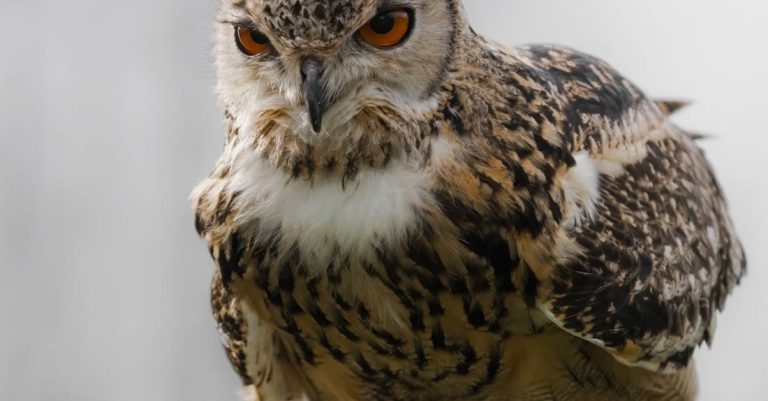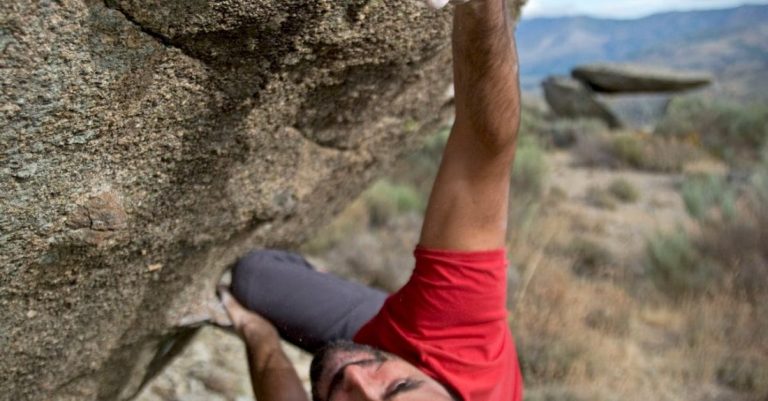
Wildlife rehabilitation plays a crucial role in helping injured or orphaned animals recover and return to their natural habitats. As wildlife faces increasing threats from human activities, proper rehabilitation practices are essential to ensure the well-being and survival of these vulnerable creatures. To maximize the effectiveness of wildlife rehabilitation efforts, it is important to adhere to best practices that prioritize the welfare of the animals in care. By following these guidelines, wildlife rehabilitators can increase the chances of successful rehabilitation and release back into the wild.
Understanding the Wildlife Rehabilitation Process
Wildlife rehabilitation involves the care and treatment of sick, injured, or orphaned wild animals with the goal of releasing them back into their natural environment once they have recovered. The rehabilitation process typically begins with the intake of the animal, where rehabilitators assess its condition and develop a treatment plan. This may involve providing veterinary care, feeding, and monitoring the animal’s progress throughout its rehabilitation.
Creating a Suitable Environment for Wildlife
One of the key best practices in wildlife rehabilitation is to provide a suitable environment that meets the specific needs of each animal species. This includes ensuring that enclosures are spacious enough to allow for natural behaviors, such as flying or climbing, and that they are equipped with appropriate food, water, and shelter. Additionally, rehabilitators should minimize human contact with the animals to prevent habituation and increase the chances of successful release.
Proper Nutrition and Feeding Practices
Proper nutrition is essential for the recovery of wildlife in rehabilitation. Rehabilitators must ensure that animals are receiving a balanced diet that meets their species-specific dietary requirements. This may involve offering a variety of foods, such as fruits, vegetables, insects, and small mammals, depending on the animal’s natural diet. It is important to monitor the animal’s feeding behavior and adjust its diet as needed to promote optimal health and growth.
Medical Care and Monitoring
Wildlife rehabilitators should have access to veterinary care to address any medical issues that may arise during the rehabilitation process. Regular health checks and monitoring of the animals are essential to detect any signs of illness or injury early on. Administering medications, providing wound care, and conducting diagnostic tests are all part of ensuring the well-being of the animals in care.
Behavioral Enrichment and Rehabilitation
In addition to meeting the animals’ physical needs, wildlife rehabilitators should also focus on their behavioral well-being. Providing enrichment activities, such as foraging opportunities, climbing structures, or toys, can help prevent stress and boredom in captive animals. Rehabilitators should also work to rehabilitate wild behaviors, such as hunting or flying, to prepare the animals for release back into the wild.
Collaboration and Education
Wildlife rehabilitation is a collaborative effort that involves working closely with other rehabilitators, veterinarians, wildlife agencies, and conservation organizations. By sharing knowledge and resources, rehabilitators can improve the quality of care provided to wildlife in need. Education and outreach efforts are also essential to raise awareness about the importance of wildlife rehabilitation and conservation.
Promoting Responsible Release Practices
Releasing wildlife back into their natural habitat is the ultimate goal of wildlife rehabilitation. Rehabilitators should follow strict release protocols to ensure that animals are ready to survive in the wild. This may involve conducting pre-release assessments, such as flight or hunting tests, to evaluate the animal’s readiness for release. Rehabilitators should also consider factors such as seasonal migration patterns and predator presence when selecting release sites.
In conclusion, wildlife rehabilitation is a vital tool for conserving and protecting wild animal populations. By following best practices that prioritize animal welfare, rehabilitators can increase the success of rehabilitation efforts and ultimately contribute to the preservation of biodiversity. Through collaboration, education, and responsible release practices, wildlife rehabilitators play a key role in giving injured and orphaned animals a second chance at life in the wild.





